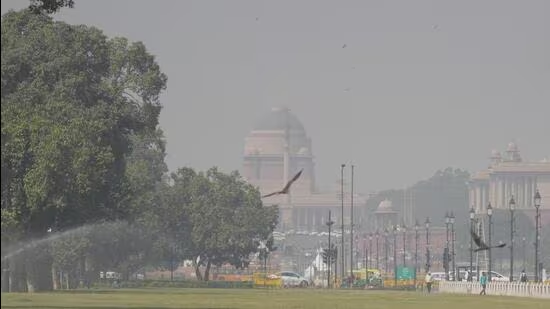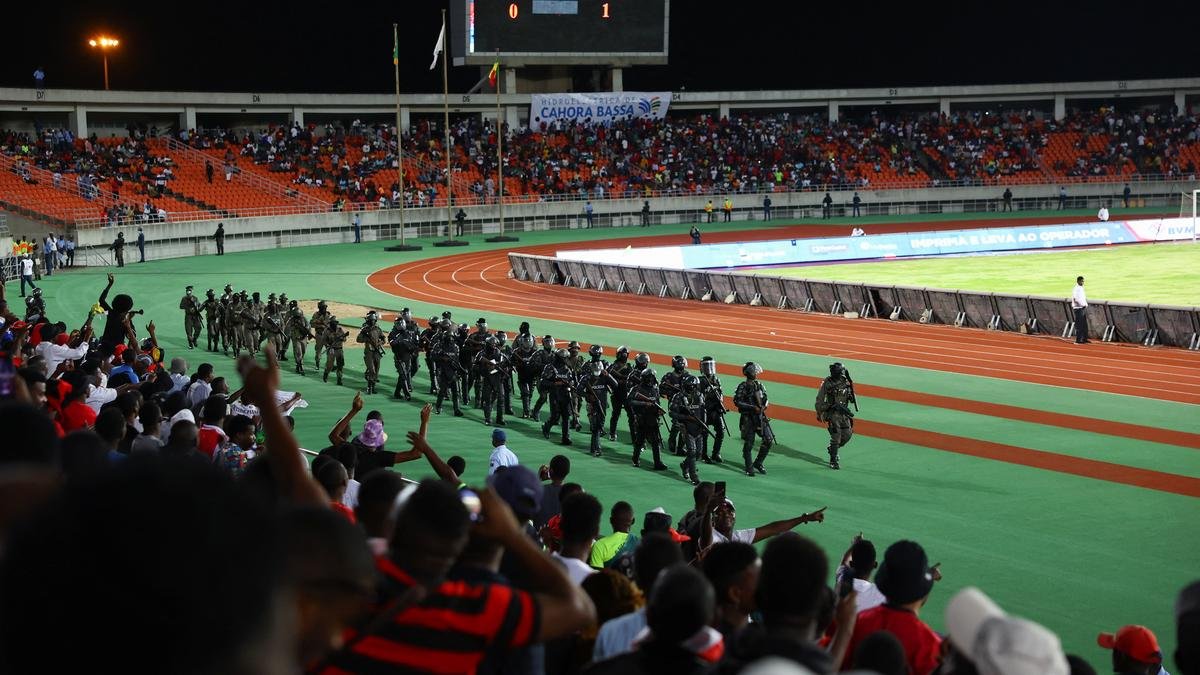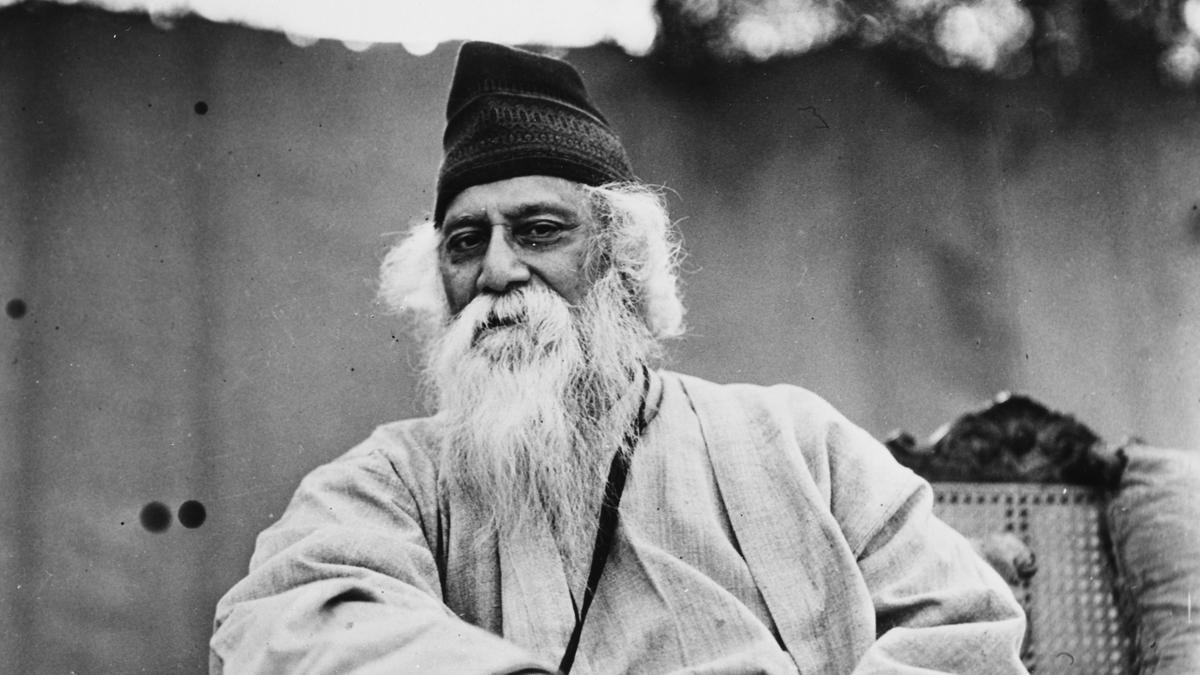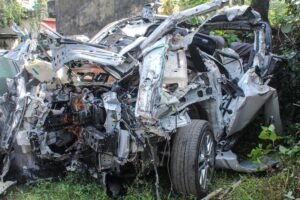Delhi’s air quality remains ‘very poor’ day after 2nd stage Grap was invoked

The deterioration in air quality was caused by adverse weather conditions, lack of wind at night, increased local emissions, and unauthorized use of firecrackers.
At 9am on Tuesday, the recorded air quality index (AQI) marked a value of 318, indicating very poor air quality.
On Tuesday, despite the implementation of the second stage of the Graded Response Action Plan (Grap) by authorities to tackle pollution in Delhi, the air quality continued to linger in the “very poor” category. This was exacerbated by unfavorable meteorological conditions, stagnant night-time winds, elevated local emissions, and the unauthorized ignition of firecrackers.
The air quality index (AQI) spiked to 318 at 9 am on Tuesday, up from 303 (signifying very poor air quality) at 11 pm on Monday. Monday’s 24-hour average AQI stood at 310, contrasting with 277 (indicating poor air quality) on Sunday. This deterioration marked the air quality entering the ‘very poor’ category on Monday for the first time since June 19, when the AQI measured 306.
The CAQM, responsible for overseeing pollution levels in the Capital, stated in a recent assessment involving air quality, meteorological factors, and predictions that the Air Quality Index (AQI) in Delhi is anticipated to persist at very poor levels until Thursday. Additionally, the CAQM sub-committee activated an 11-point strategy from the Graded Response Action Plan’s second phase to avert any exacerbation in the air quality.
The measures comprised more stringent supervision of diesel generators lacking emission control devices, a rise in parking charges to deter private vehicle use, and enhancements to bus and Metro transportation services.
According to the CPCB, the Air Quality Index (AQI) is categorized as follows: “good” for levels between 0-50, “satisfactory” for levels between 51-100, “moderate” for levels between 101-200, “poor” for levels between 201-300, “very poor” for levels between 301-400, and “severe” for levels over 400.
Based on the forecast model of the Decision Support System (DSS), pollution levels in Delhi are expected to increase mainly due to local pollutants and pollution drifting in from nearby towns. The analysis suggests that stubble burning is projected to contribute approximately 3.2% to Delhi’s PM 2.5 levels on Monday, while vehicular emissions within the city account for about 11%. Additionally, Gautam Budh Nagar is anticipated to contribute around 8.8% to the pollution, whereas Ghaziabad is estimated to add 7.5%.
Based on DSS calculations, stubble burning contributed approximately 3.5% to Delhi’s air pollution levels on Tuesday. The forecast indicated a potential increase to 11.2% by Wednesday and up to 15.1% by Thursday. The anticipated rise in emissions from activities like stubble and waste burning was set to adversely impact the air quality in the region.
Concerns were raised over the poor enforcement of the firecracker ban in Delhi and nearby regions during Karva Chauth celebrations on Sunday, raising worries about deteriorating air quality before Diwali, a time when pollution levels typically escalate.
The Delhi administration declared on September 9 that all categories of firecrackers, including green crackers, are prohibited from being sold, bought, stored, or produced in the city. The ban on firecrackers has been in place since 2017 to combat pollution. However, despite the prohibition, the sales of firecrackers persist.
In seven out of the past eight years, excluding 2022 when brisk winds and rain aided in scattering firecracker pollutants, there has been a notable increase in AQI levels post-Diwali. The AQI surged from 382 (categorized as very poor) on Diwali to 462 (reaching severe levels) the day after in 2021.












